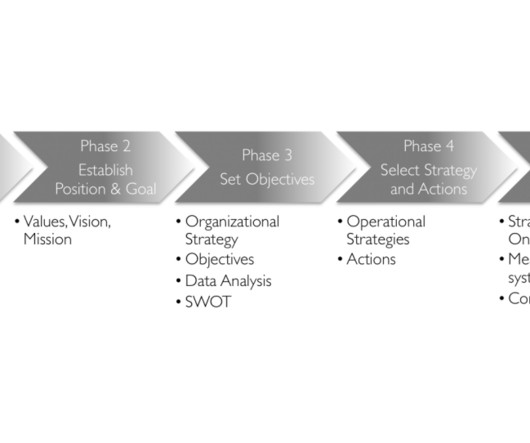5 Steps to Build a Disruption Proof Business Model
Great Leadership By Dan
JULY 8, 2020
Because they are more focused on customer engagement than just on the initial purchase, they are forced to develop agility and flexibility are core cultural strengths. But you need the right culture for this approach, the right metrics (hint, the main KPI isn’t topline revenue) and the right resources.











Let's personalize your content